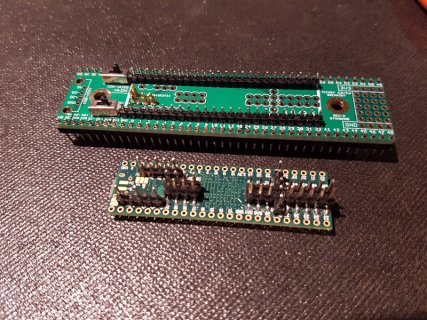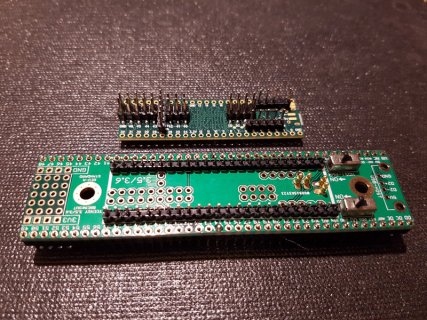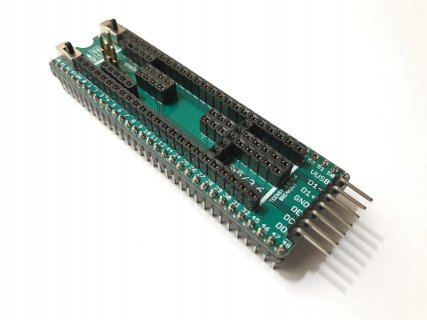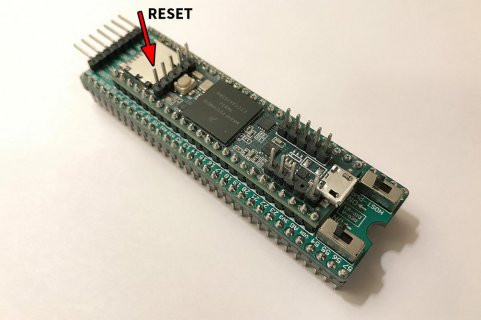Hello!
Two of my new Teensy 3.5/3.6 breakout kits are now available on Tindie.
Features common to both kits:
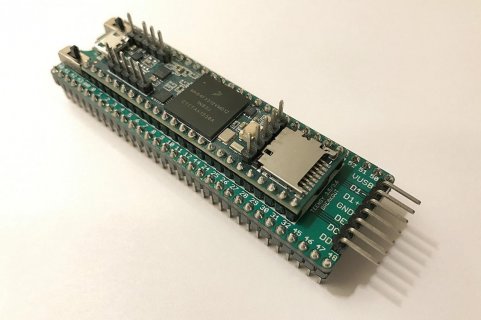
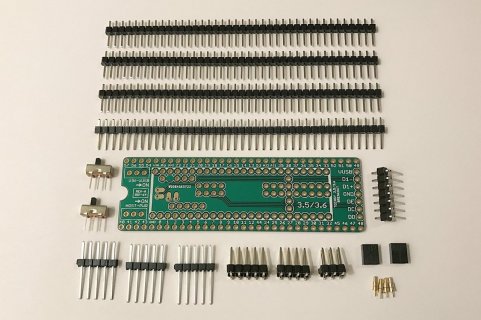
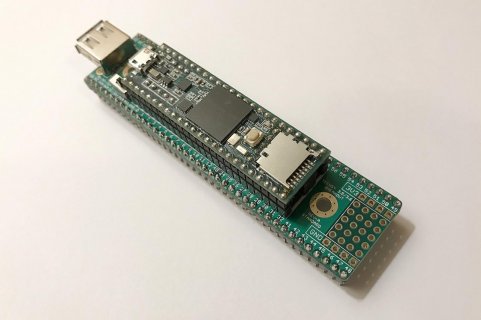
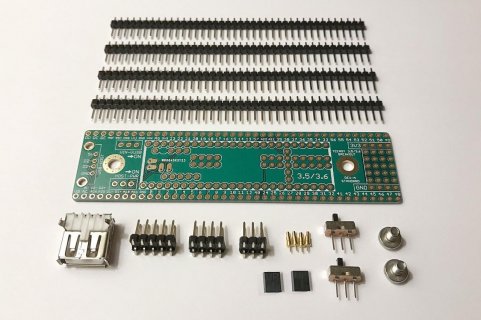
Forum Discount
PJRC forum members (and visitors) can get a 25% discount on all orders. Use the coupon code PJRCFORUM25 at checkout.
Other new products, features, and updates are planned for the very near future. Sign up for my non-spammy mailing list if you'd like.
Finally, thank you so much for all the feedback, and please don't hesitate to contact me with any questions!
Two of my new Teensy 3.5/3.6 breakout kits are now available on Tindie.
Features common to both kits:
- Use many additional Teensy pins in a breadboard-friendly configuration.
- Easily configure VIN-VUSB and/or USB host power settings with switches or jumpers (both are included).
- Make your Teensy breakout socket-able with the optional Socket Kit (available in a few days).
- Works great with the Micro SD Breakout ($8) for even more GPIO pins.
- Includes all components and headers needed for assembly.
- Includes a full-color printed pinout card.
- Bare PCBs are available and cost $5 less than the kits.
- Fully-assembled boards (including Teensy) are also available.


- Fits in a standard DIP-64 socket.
- Breaks out all the Teensy's bottom pads.
- Comes with extra-long pin headers for interior through-hole connections.
- Edge connection pins for USB data and debug (SWD) signals.


- Breaks out every pin/signal into two rows.
- Mounting holes for permanent installation (screws included).
- Location to install a USB-A host jack (part included).
- Proto area with 20 pins and power/ground rails.
Note: There's limited clearance to the Teensy's onboard Micro USB jack when the full-size USB-A jack is installed on the Standard Edition breakout board. Therefore, if you're planning to use this kit with the Teensy 3.6 and install the USB-A jack, I highly recommend that you also use the Socket Kit, which will be available within the next few days. Doing so will increase the height of the jack and provide the necessary clearance for standard Micro USB cables. Alternatively, you could wire up your own low-profile USB cable or use the broken-out USB data lines to interface with the Teensy, but those options are considerably more involved. The picture above (left) shows the Standard Edition breakout assembled using the Socket Kit, however the other picture (right) shows only the regular kit's components.
Forum Discount
PJRC forum members (and visitors) can get a 25% discount on all orders. Use the coupon code PJRCFORUM25 at checkout.
Other new products, features, and updates are planned for the very near future. Sign up for my non-spammy mailing list if you'd like.
Finally, thank you so much for all the feedback, and please don't hesitate to contact me with any questions!
Last edited:


